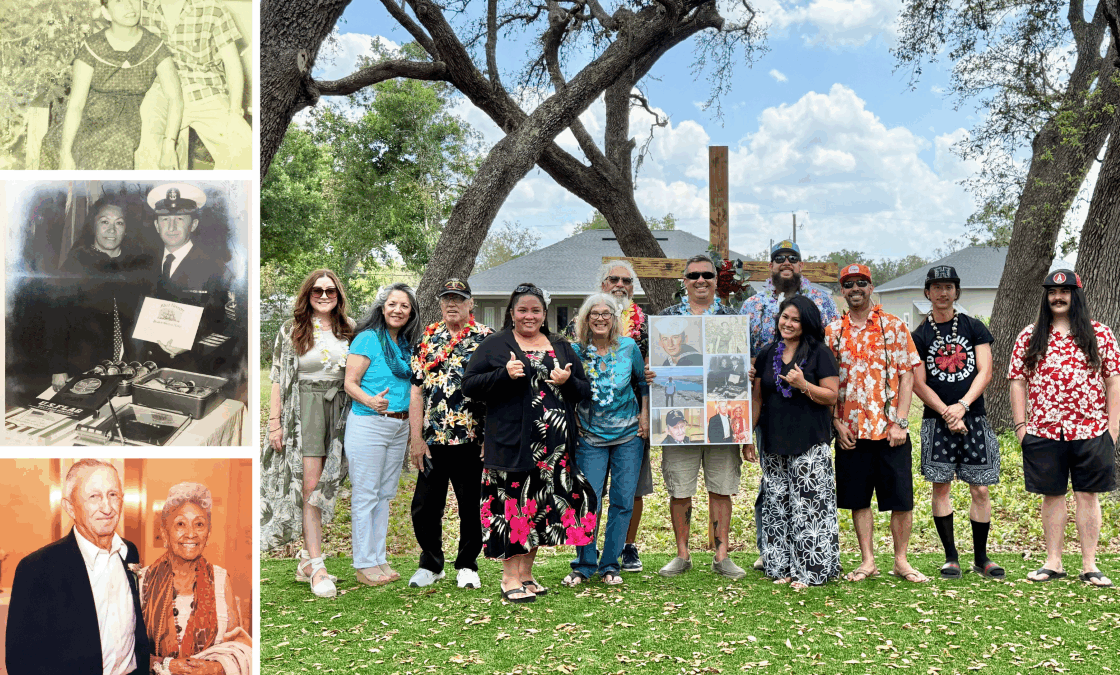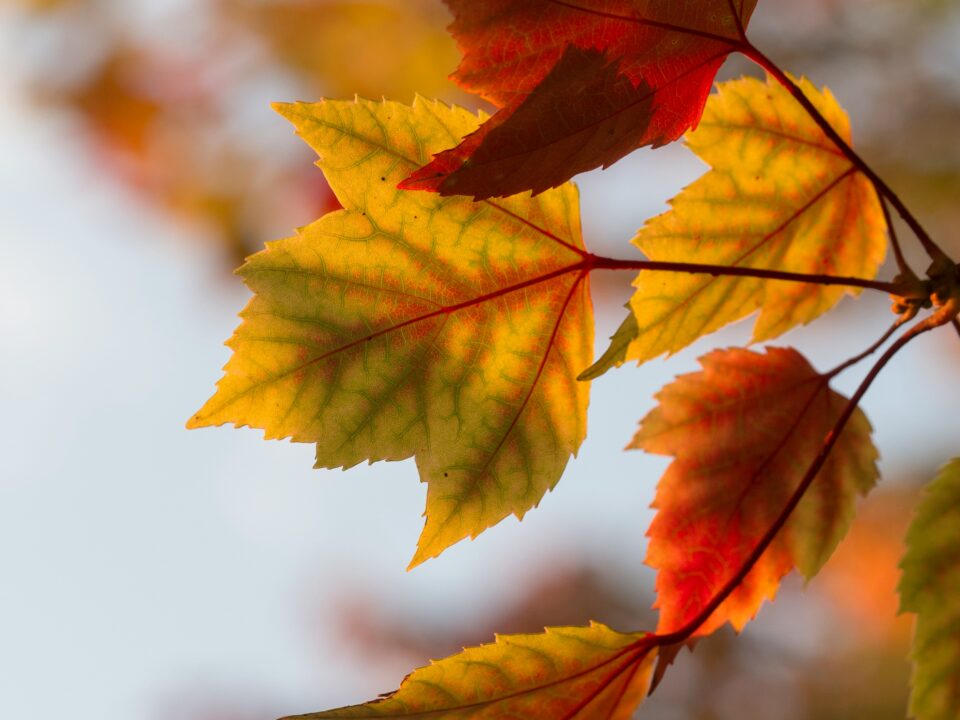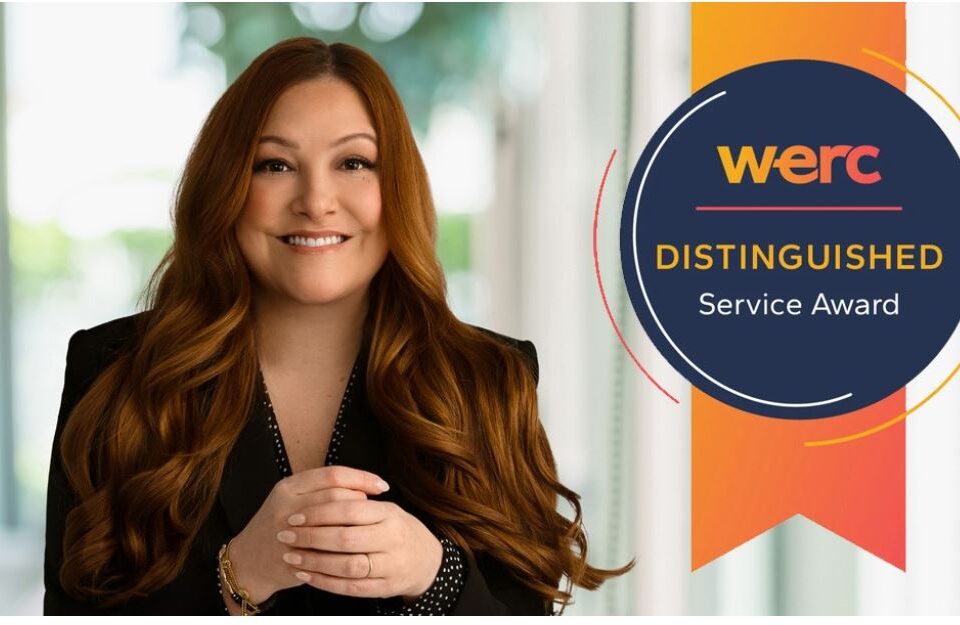
Spring homebuying season is ramping up in Seattle, northwestern Washington
April 15, 2025
Affordability and Homebuilding: State-by-State Report Cards
May 19, 2025Roots and Service: A Filipino-American Family Legacy
By Corinne Mossman
May 14, 2025
As we honor both Asian American and Pacific Islander (AAPI) Heritage Month and National Military Appreciation Month this May, I find myself reflecting on how important these recognitions are to my family. The intertwined legacy of immigration, relocation, resilience, and military service shaped my maternal side of the family’s story.
My grandmother was born in Ewa Beach, Hawaii in 1925, the youngest of her siblings. Her parents and older siblings had emigrated from the Philippines to the Territory of Hawaii, part of the wave of Filipinos who arrived after 1906 seeking economic opportunities. Her family settled in Fernandez Village on the Ewa Sugar Plantation in Hawaii which is on the west side of Pearl Harbor. By 1931, over 120,000 Filipinos had come to Hawaii under labor contracts, mostly working on sugar plantations under difficult conditions that starkly contrasted with their former lives in the Philippines. Before emigrating some of her older siblings had held respected positions—like dentists— so many chose to return to the Philippines in the mid-1930s, possibly influenced by the Filipino Repatriation Act of 1935. My grandmother, just ten years old at the time, stayed behind with her parents. She was 16 when the attack on Pearl Harbor shook the islands. She recalled with vivid clarity the red sun insignia on the bombers flying overhead—memories that never left her.
Meanwhile my grandfather, a kid from rural Cassia, Florida, watched his older siblings join the military so he felt a deep call to serve and joined the Navy when he was finally 17. He was eventually stationed in Hawaii, where he met my grandmother—a USO girl at the time, as many island girls were. My grandfather devoted his life to service, with a Navy career that included tours in Korea, and Vietnam twice, and teaching as a naval instructor for many years. My grandparents married at Ewa Community Church, a modest chapel nestled at Renton and Pipeline, had my mother and her siblings, and witnessed the admission of Hawaii as the 50th state in 1959. They then went through several military relocations as a family, first to San Diego, and then what would end full circle for my grandfather back in rural Florida which proved to be a very foreign land for my Filipino grandmother and the children as it was immediately following the Jim Crow years.
Together, my grandparents raised a family rooted in the values of hard work, service, and resilience. It was always very important to them to share their history, and heritage with our tight knit family. They were married for 61 years, and on their 50th anniversary, we gathered as a family to celebrate their vow renewal—fittingly, at the same church in Ewa where their journey began. We said goodbye to my grandmother on Memorial Day in 2018 so this time of year is always filled with beautiful memories of her. My grandfather passed in March of this year, we made leis together from ti leaves and plumeria, and as our ohana bid him farewell, my cousins danced hula at his celebration of life. It was an incredible experience to share our family’s heritage for all of those in attendance who had never had exposure to this type of cultural remembrance.
Their story is a reminder of how the threads of immigration and military service are often woven tightly together in American history. This month, I honor them and all those whose stories of sacrifice and perseverance helped shape the country we live in today.





